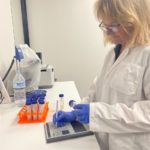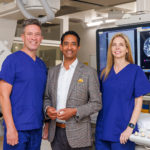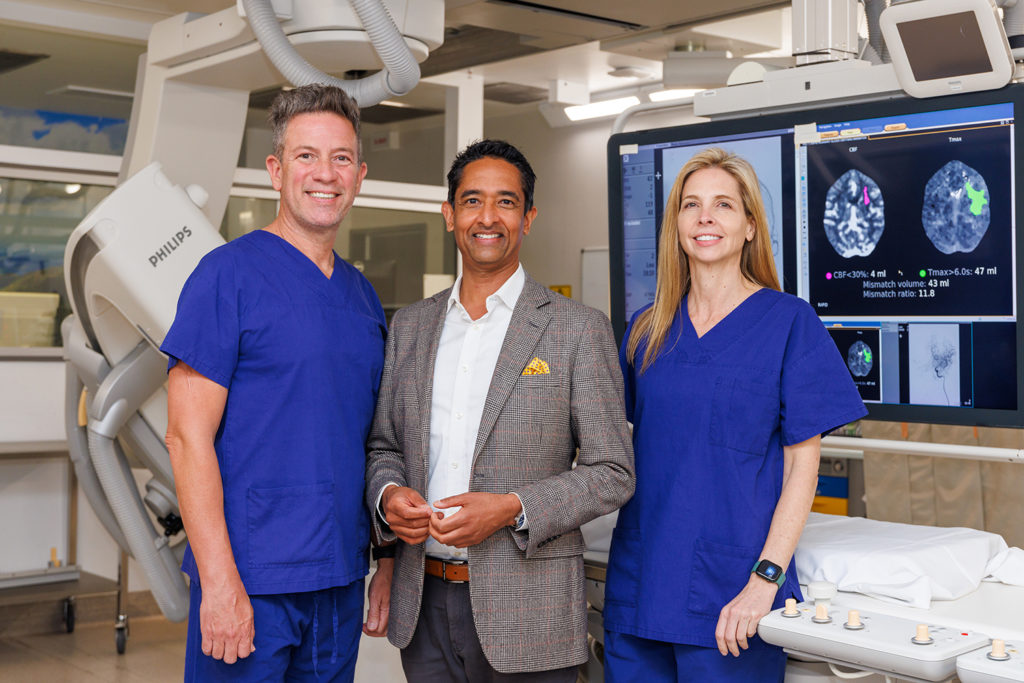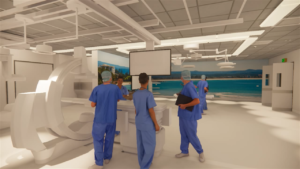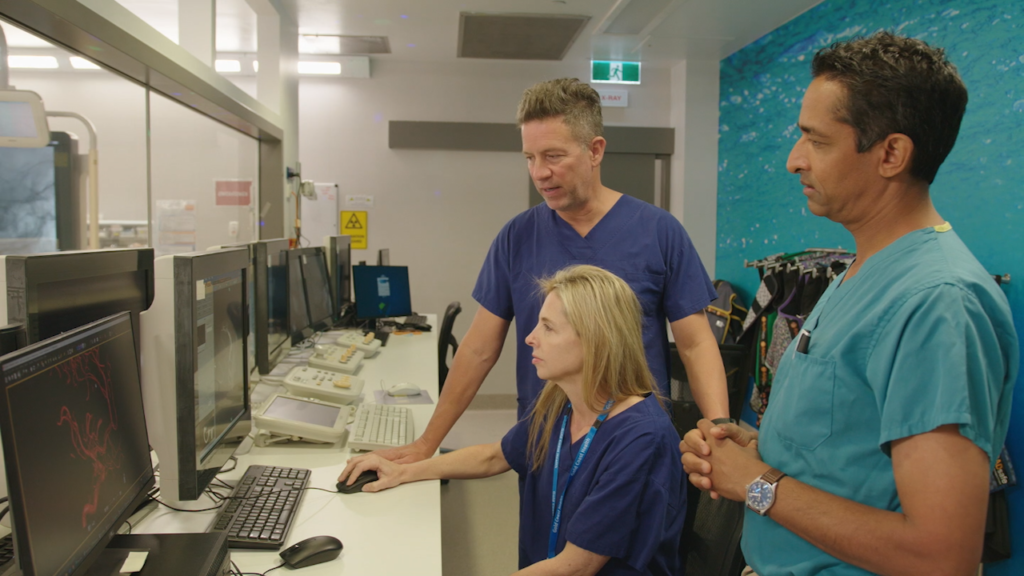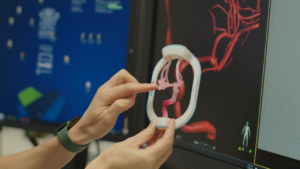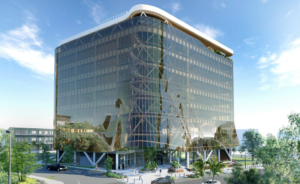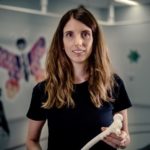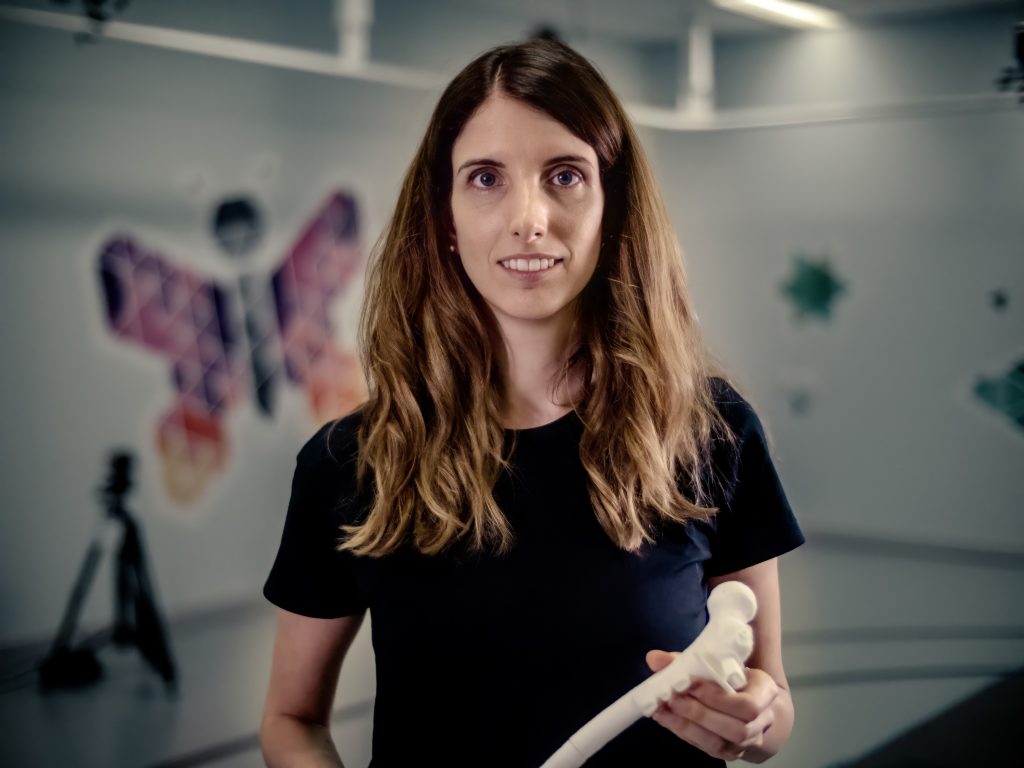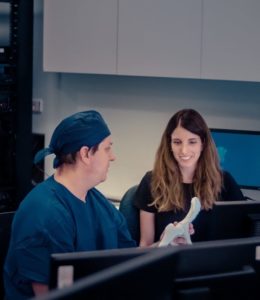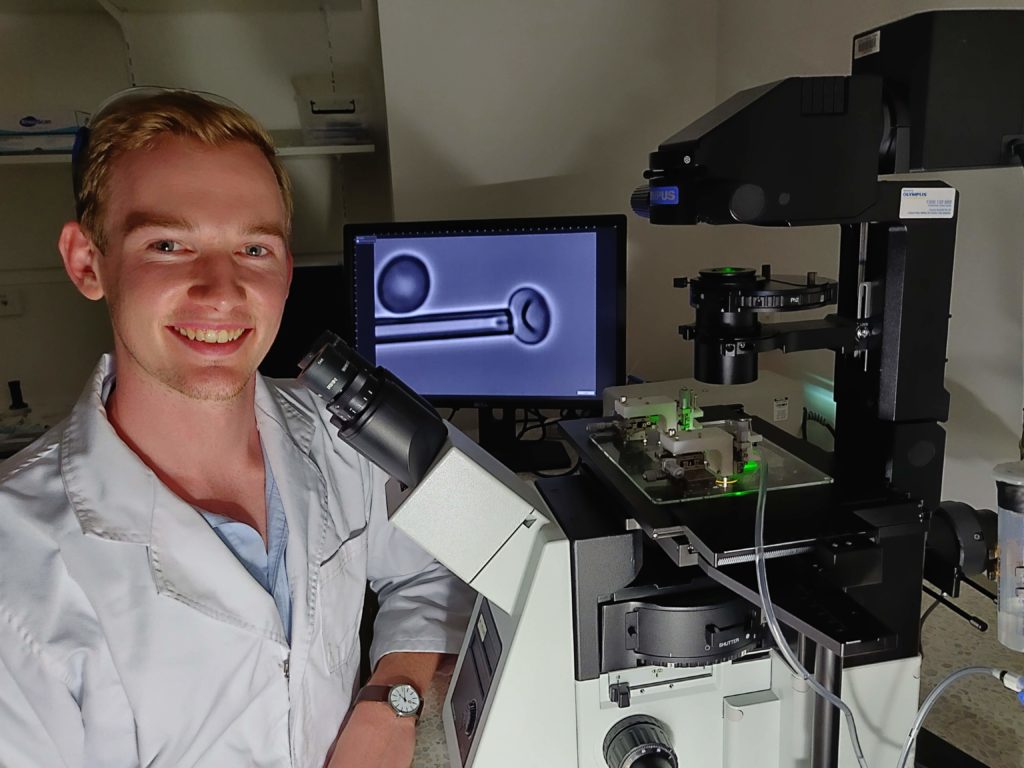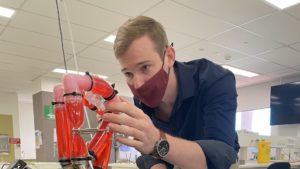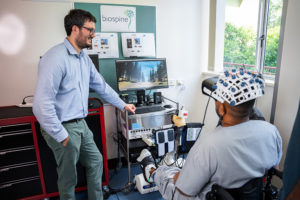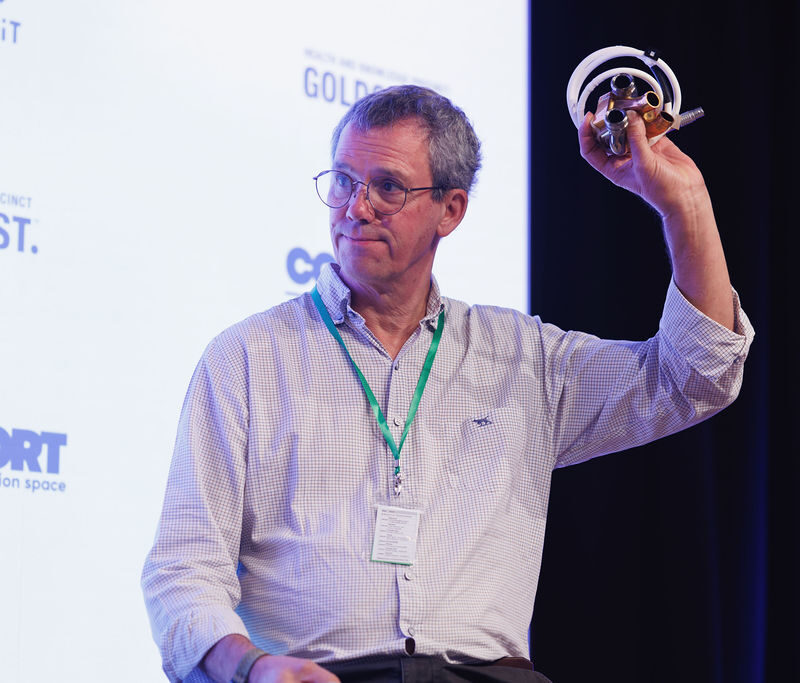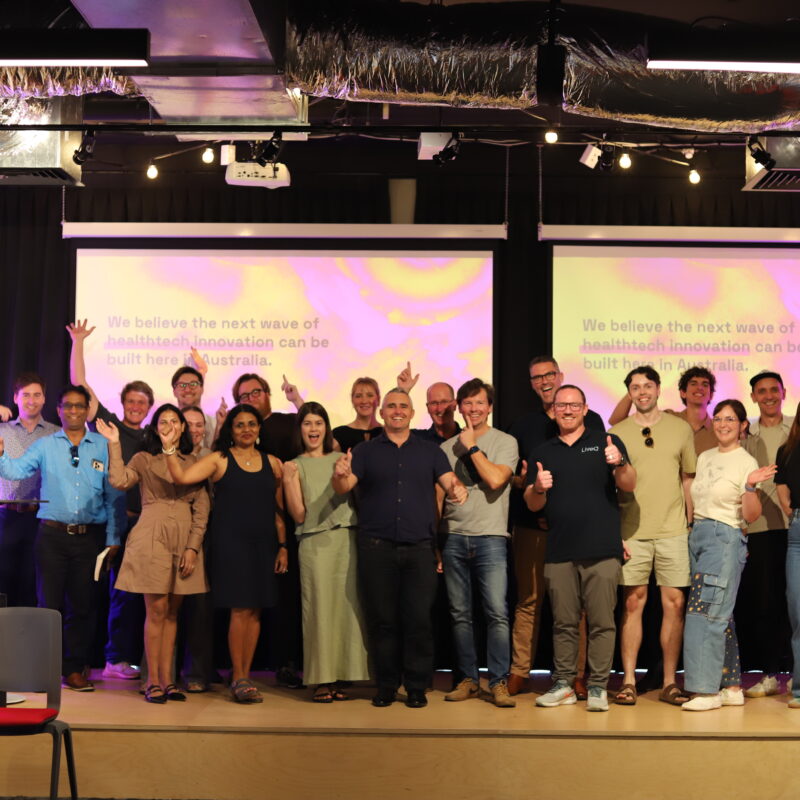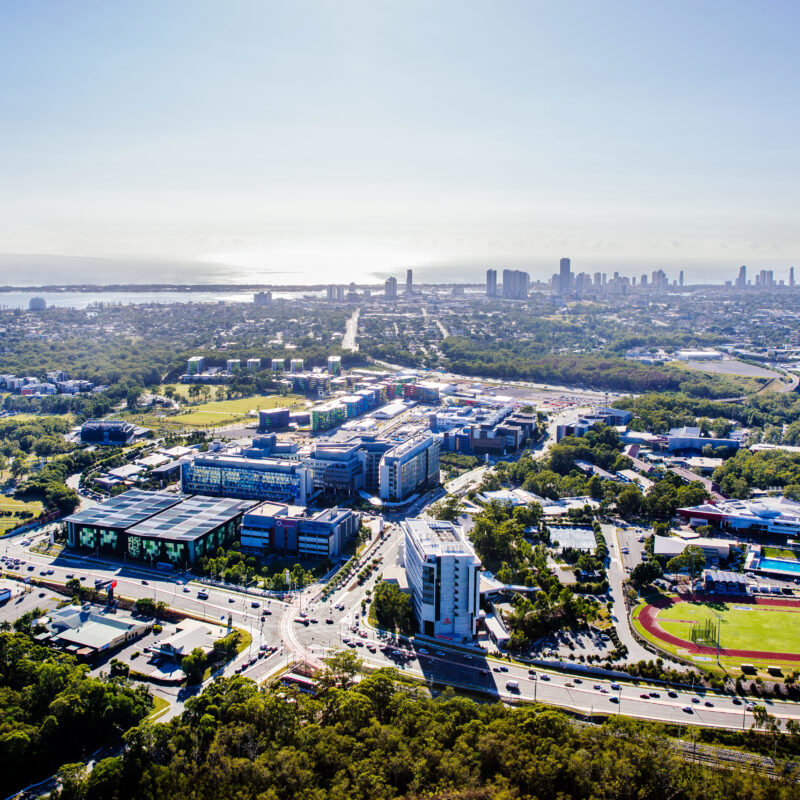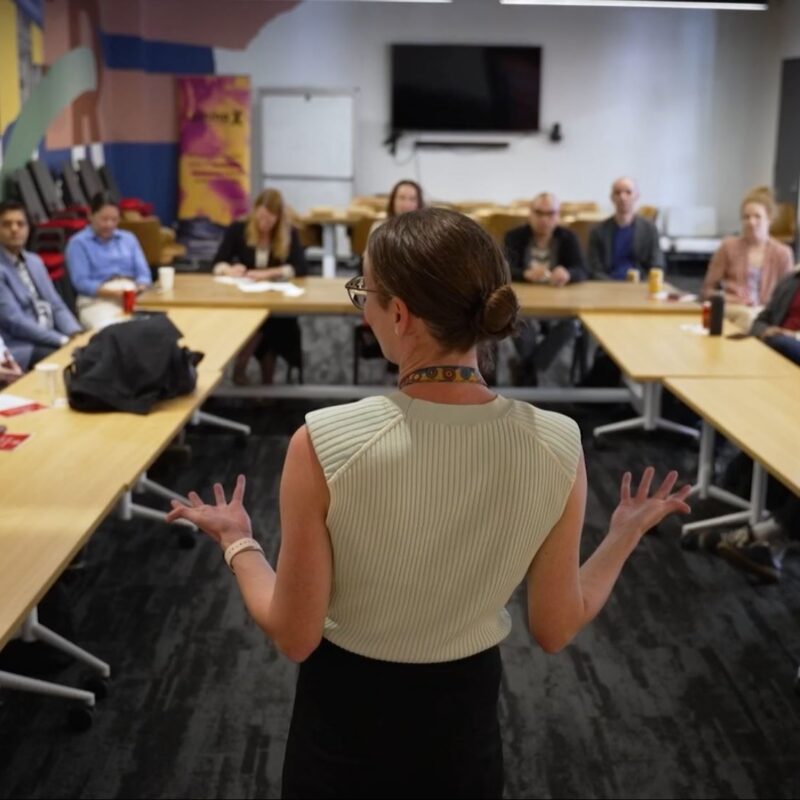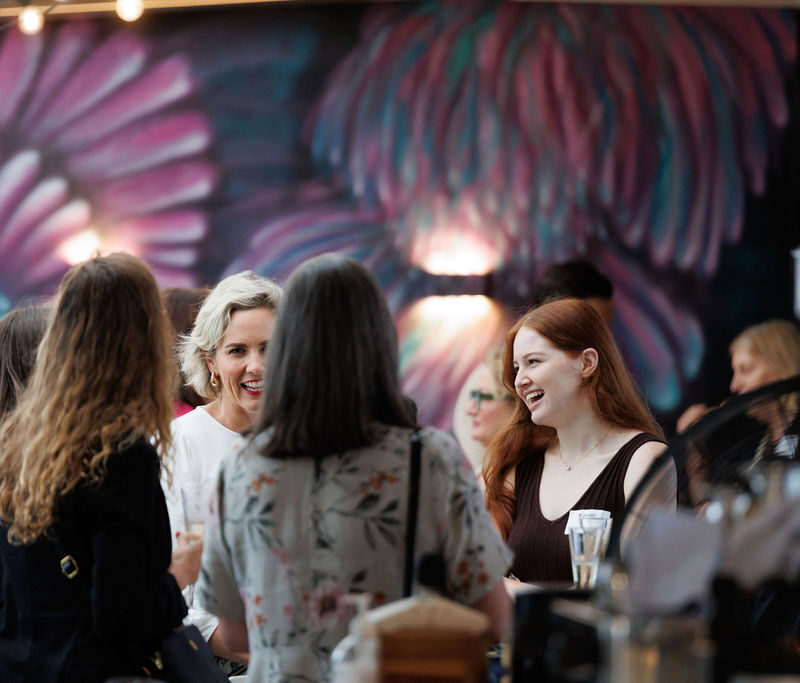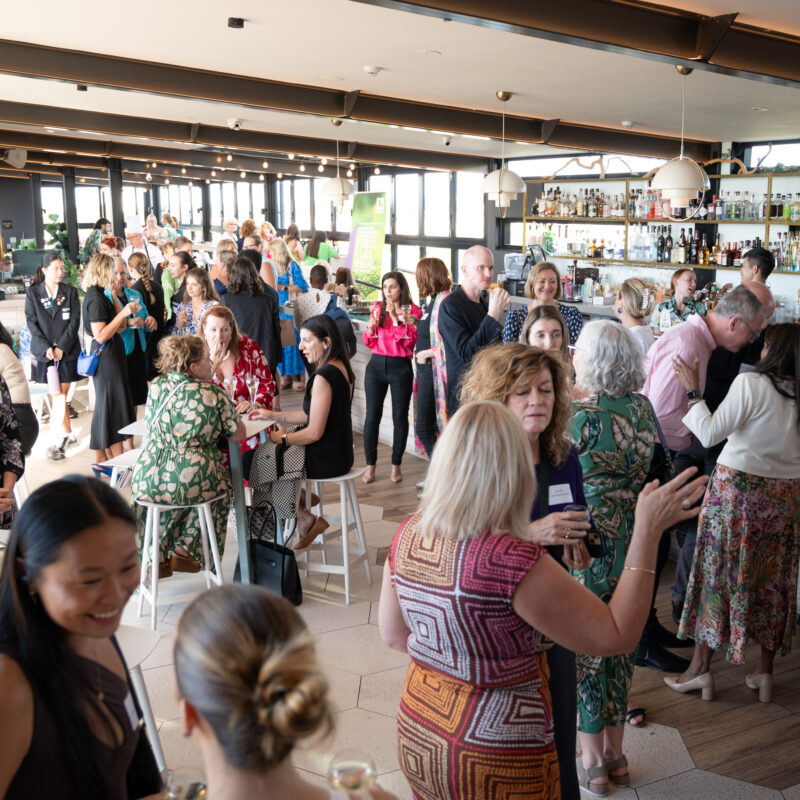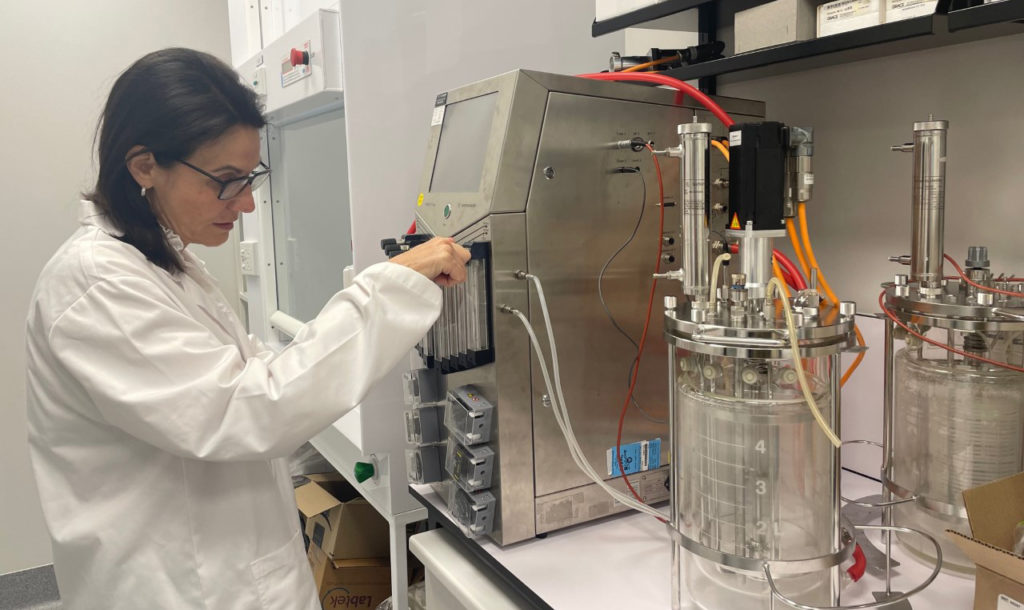
Functional food tech scale-up and LuminaX 2022 graduate Bio-az, is on a mission to bring back wellness to food and beverages at a time when processed foods have stripped our diets of the natural ingredients we need for good gut and overall health. Having been awarded the NutraIngredients-Asia Start-up of the Year in 2021, the company has the science to back what they believe is a world-first synbiotic ingredient – combining prebiotics, probiotic microbes and postbiotics – that amplifies wellness.
The synbiotic platform Bio-az has developed – based on their team’s many decades of combined expertise in microbiology and food science – combines the best prebiotics, probiotic microbes and postbiotics in an optimal way. These millions of beneficial bacteria work together synergistically in the digestive system and within the entire body Microbiome, hence the name ‘synbiotic’.
“It’s all about creating the right ecosystem,” explains Bio-az CEO Maryann Thexton, who says Bio-az has found a great innovation ecosystem since setting up its laboratory at Cohort and taking part in this year’s LuminaX Accelerator.
“A healthy Microbiome provides a foundation of good health – there is a lot of science to support this now.”
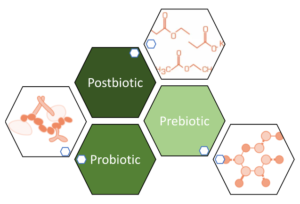
The Bio-az core team of five began bringing the science behind Synbiotics together in 2018, sharing a common vision to ‘embed the wellness of synbiotics into everyday foods’ and waiting until 2020 to incorporate as a company (formerly known as Marl Corporation) and begin commercialisation.
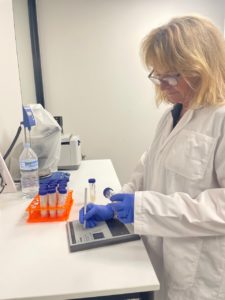
“It was important for us to take the time to get the science right in what is a rapidly emerging field,” says Thexton.
While scientists, and to a varying extent consumers, have understood the benefits of probiotics for some time and come to discover more about the role of pre-biotics, understanding the value of post-biotics (inanimate or so-called ‘dead cells’) is a more recent development. And putting them all together in a complimentary way makes all the difference.
This requires a marriage of microbiology with food technology to create stable and effective microbial ingredient blends that don’t negatively impact flavour, are able to withstand variables such as temperature change and that are commercially and logistically viable in a range of ‘fridge free’ products – a key innovation. While there’s a lot of modern technology involved in formulating, the understanding behind the benefits of ingredients for a healthy Microbiome is ancient.
“Cultures all over the world have been fermenting foods for thousands of years and using peat and bog to achieve good microbial environments for food cultivation,” says Thexton.
Our modern food processing system has killed off good microbes and over-sanitised our foods, and people can relate to that.”
While acknowledging the element of scepticism felt by consumers navigating a crowded functional foods market, she says doing the R&D and publishing results to satisfy the FSANZ (Food Standards Code) has been critical for Bio-az, as is a partnership with German-based global natural ingredients distributor Döhler to find the right partners to work with in incorporating their synbiotic ingredients into the right products.
Human health is the focus, but Bio-az also produces pet blends – and what’s good for the horse (Thexton has a long background in animal health and specifically the Equine industry) isn’t necessarily good for the dog. The same goes for humans – what’s good for Peter, may not be just right for Paula.
In humans they can design symbiotic microbial blends focused on different health aims – the overall objective being to fight ‘baddies’ and strengthen the body’s immune system while nurturing the ‘goodies’ – but also more specifically to influence targeted health and nutritional requirements in the future.
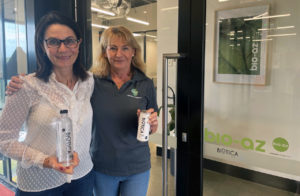
Aside from their powdered ingredients, Bio-az has produced its first synbiotic consumer product – Bioitica Water. Their customer Naked Life has introduced synbiotics into the burgeoning non-alcoholic distilled botanical beverages market through two products, Glow and Immunity, currently available in supermarkets
The Bio-az team want to help improve children’s health through introducing their ingredients into dried fruit and other kids snacks, while another pillar of the company is developing microbial blends for wound healing and skincare.
Even chocolate is set to get a microbial makeover!
Thexton, who is the only non-scientist in the foundation team, tries to achieve the right balance between science and business in their growth plans, and says the LuminaX program was both a valuable learning and re-learning process.
“Bio-az was a little more advanced as a company than some of the other start-ups involved, however we still got insights out of every workshop or mentoring session, whether it be learning something new, reinforcing existing knowledge or just benefiting from the energy and diverse ideas of peers in different areas of the healthtech sector,” she says.
Now with their lab location grounding them in the Precinct’s growing innovation system, BioAZ is confident it has the recipe for success in a highly-competitive global market.
Meanwhile, we’ll also drink to related exciting news, that Griffith University researchers in the Precinct have helped put postbiotics into coffee, in a partnership with CSIRO and local company Coffee Roasters Australia.
